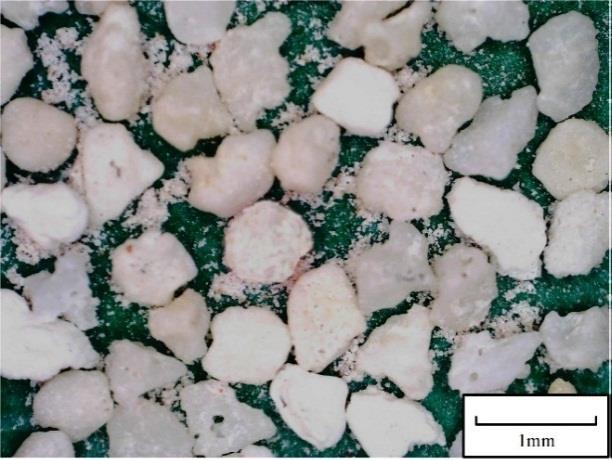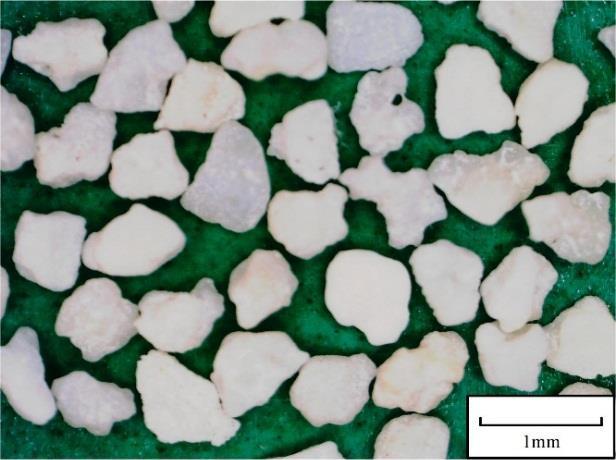[Geotechnical Engineering]
Gang Wang, Jing-jing Zha, Xing Wei. Evolution of particle crushing of carbonate sands under cyclic triaxial stress path. Chinese Journal of Geotechnical Engineering, 2019, 41(4): 755–760.
Keywords: carbonate sand; triaxial drained cyclic shear test; relative breakage index; evolution law
Abstract:
The carbonate sand is widely distributed in the South China Sea and used as the fill materials for land reclamation. Carbonate sand particles are fragile and can be easily crushed, making the carbonate sand exhibit distinctive mechanical behaviors compared with terrestrial silica sand. Triaxial cyclic shear tests under drained conditions are conducted on a carbonate sand taken from a reef in the South China Sea to investigate the evolution of particle crushing during cyclic shearing process. In the range of the adopted confining pressure, little particle crushing is observed in isotropic consolidation process. In contrast, remarkable particle crushing occurs during the following cyclic shearing process. Angular abrasion is the main form of particle crushing, leading to the increase of the fine particle content in the post-shearing grading. Along with the continuation of cyclic shearing, the amount of particle crushing increases continuously, but the increasing rate decreases gradually. For the cyclic shearing of constant amplitude under constant confining pressure, a logarithmic equation can be used to fit the curve of the relative breakage index versus the number of cycles. Based on with the observed influencing laws of confining pressure and cyclic stress ratio on particle crushing, a mathematical model is proposed to describe the evolution process of particle crushing during cyclic shearing process.


Figure. Comparison of particle morphology before and after tests.